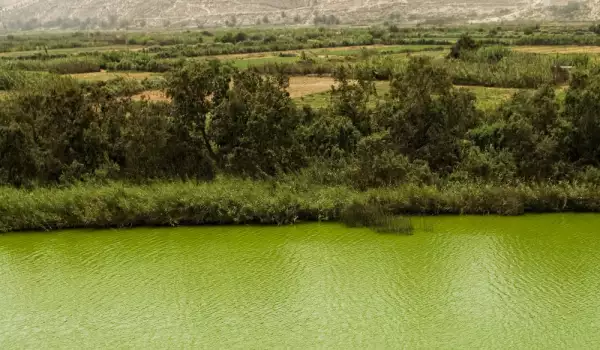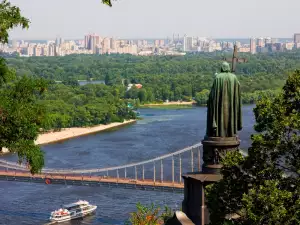Congo River

Congo River is an African river, which is recognized as the deepest in the world. In some places its depth reaches 230 meters. Its length is over 4300 kilometers, but it is not the longest river in the world. Congo River is second in the world average consumption of water - 41 800 cubic meters per second.
The name of the Congo River originates from the fact that it runs through the rainforests of the Congo. The river rises at the foot of the mountains of the East African Rift. After the elapsed distance of over four thousand miles, it empties into the Atlantic Ocean. The river passes through nine African countries.
It supports biodiversity at all sites through which it flows. It is responsible for the lush tropical forests, which serve for timber and green pastures. Congo River plays a key role in the African ecosystem. Waters of the Congo River are over 3.7 million square kilometers.
As the river passes through the equatorial region, the water it is often very hot. An interesting fact is that at least part of the river at any time of year is experiencing heavy rain.
Over 1.500 kilometers of the Congo River are navigable. The river is divided into three sections - upper, which is over 2, 000 kilometers long, medium - longer than 1700 km and lower. For the upper reaches of the river are characterized by alternation of staggered sections with even areas.
The mouth of the Congo was discovered by explorers in 1484. Congo formed along its way many river rapids and beautiful waterfalls. Just below the equator, the river descends, forming a magnificent waterfall.
The middle reaches of the river are characterized by a calm nature, without a large number of rapids and waterfalls. Her bed in this part of the route is extended in the form of small lakes, which alternate with bottlenecks that do not exceed two kilometers in length.
In the central part of the river, its tributaries Ubanga and Sanga merge to form one of the largest periodically flooded areas around the world.
To the west, the river changes dramatically - it is between hundred meter high shores, in places narrowing to less than one kilometer wide. Its depth reaches thirty feet in places, and its flow is faster. This area, known as the channel, is near the middle reaches of the River Congo.
Lower reaches of the River Congo head forward to the ocean, through a five hundred meter deep canyon. The width of the watercourse in places is reduced to two hundred meters. It descends abruptly, forming over seventy thresholds and waterfalls. They are known as Livingstone Falls.
Congo River rises mainly from rainfall. This happens mainly in the autumn. Tributaries to the watershed of the Northern Hemisphere provide maximum increase in the level of the river in September and November, and its tributaries from the southern hemisphere - in April and May.
In the middle and lower reaches of the Congo River seasonal fluctuations in water levels are adjusted for differences in the receipt of water from tributaries of the river. Of all the rivers of the globe Congo boasts the most natural regularity. In a year there are two separated increases and decreases the water level. The greatest rise is in November and December, and another rise in water levels occurs in May.
Congo River has enormous reserves of hydro energy, and therefore ranks among the river basins of the world in this respect. The potential power of the river basin of the Congo with an average usage of water is estimated at 132 Gwt. In reality less than 1 Gwt is used.
Inland areas of the Congo River are connected by a railway line. In the Congo River live a huge amount of fish - more than a thousand varieties.















